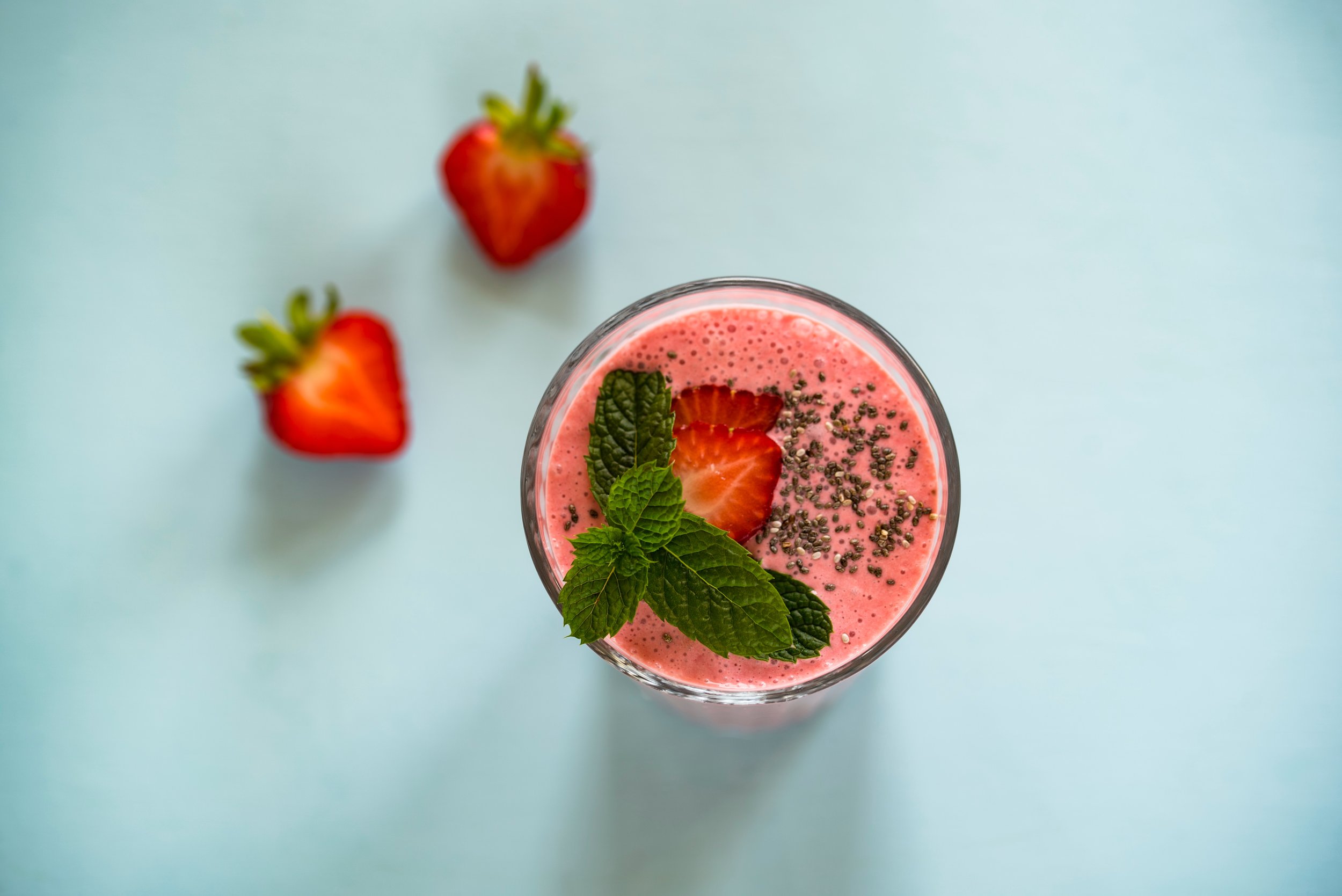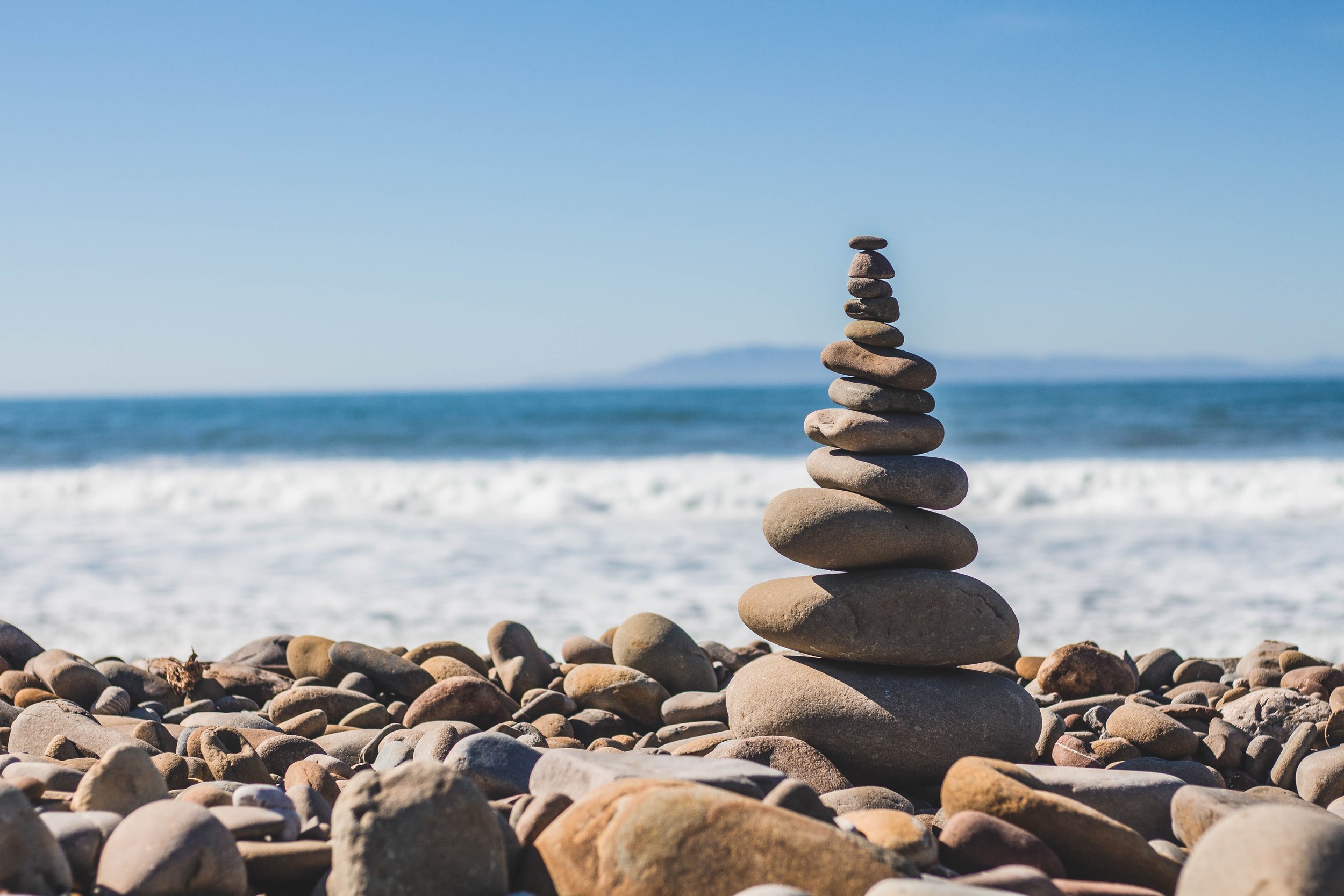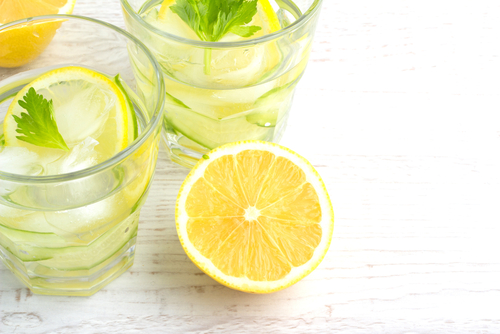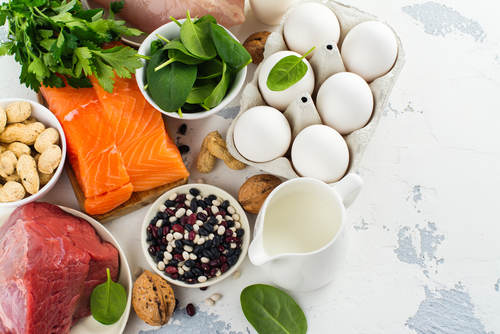Eating For Hormone Balance
/When I was first building my health and wellness business, I was also a single mom raising a young daughter on my own. What a crazy time in my life that was! I worked crazy long hours, all the while balancing caring for Anika, and maintaining our home. I was stressed and exhausted all the time. That’s when I started learning about adrenal fatigue, and how very important hormone balance is to my health, happiness and energy. When any of the multitude of hormones in your body are imbalanced – a common problem in today’s hectic world – your health suffers. But the problems aren’t irreversible. Many solutions exist for balancing these hormones naturally, and one of the best is well within your control: the food you choose to consume.
If you’ve ever dealt with imbalanced hormones, you know how critical these chemical messengers are to your health and wellbeing.
The 10 most common signs that you could have a hormonal imbalance:
1. Poor sleep - not being able to fall asleep or stay asleep
2. Fatigue that’s not alleviated by sleep
3. Night sweats and hot flashes
4. Resistant excess weight and body fat, especially around the belly
5. Low libido or sexual dysfunction
6. Acne or other skin issues
7. PMS symptoms
8. Foggy thinking (brain fog!) and difficulty concentrating
9. Mental health issues - depression and anxiety in particular
10. Mood changes like irritability and anger
Fortunately, by making some simple changes to your diet and you can balance your hormones and prevent or reverse many of these health issues. And one of of the easiest ways to restore proper hormone balance is to fill your plate with real, whole, nutrient-dense foods.
Blackstrap Molasses
Rich in iron, blackstrap molasses can improve your mood, which relies on a balance of hormones including serotonin, dopamine and other vital hormones. This is why iron deficiency sometimes results in a poor mood, sleep, & energy levels. Also, essential minerals in blackstrap molasses, such as magnesium, manganese and calcium, can relieve menstrual cramps and support the health of uterine muscles. Have 1 spoonful by mouth, or try Kelly’s Molasses Moon Latte
Flaxseeds
Flaxseeds contain lignans, a compound that can help reduce excess estrogen. Add a tablespoon to your smoothies, salads, or coconut yogurt.
Cruciferous Vegetables
Cruciferous veggies contain a sulfur compound called diindolylmethane, or DIM, which helps support normal and healthy levels of estrogen in your body. Add a cup of broccoli, cauliflower, or brussels sprouts to your diet every day.
Bitter Greens
Bitter greens contain many nutrients that help support normal hormonal balance. Dandelions in particular are studied for their ability to ease hormone-related reproductive problems. Try serving a handful of sautéed kale or chard as a side dish to meals. Try a dandelion tea!
Broccoli Sprouts
Broccoli sprouts contain a compound called sulforaphane, which can help reduce the risk of tumors and hormone-related cancers. Add a cup of broccoli sprouts to a sandwich, avocado toast, or salad
Seaweed
Seaweed is rich in iodine, one of the most important minerals needed to help synthesize hormones in your thyroid gland. Add a dash of kelp flakes to your soups, or snack on seaweed salad dressed in a light vinaigrette.
Sauerkraut
Sauerkraut contains probiotics, or “good” bacteria, that help improve gut health. Research shows that probiotics can also affect hormones and even lower the stress hormone cortisol. Top your meals with ¼ cup of sauerkraut every day to reap those benefits.
Coconut Oil
Dietary fat plays a large role in hormonal balance, and if your testosterone levels are low, eating more healthy fat can give your levels a boost. Coconut oil is one of the best sources of fats you can eat due to its high medium-chain fatty acid content, which can improve brain health and aid in fat loss. Eat a little coconut oil every day by
Turmeric
Chronic inflammation can switch on multiple hormones in our bodies that can lead to a damaging imbalance. Turmeric is highly anti-inflammatory and can help tame this problem. Season your meals liberally with turmeric, add some to a smoothie, or reach for a supplement to get an extra dose of anti-inflammatory action. Pair turmeric recipes with black pepper for maximum absorption.
Wild Salmon
Research shows that omega-3 fatty acids, like those found in fish, can help prevent disease and can help women, in particular, keep their hormones balanced. If you don’t eat salmon, consider a high quality fish oil supplement.
HORMONE BALANCING RECIPE : Turmeric Peach Ginger Smoothie
Ingredients:
¼ teaspoon ground turmeric
½ teaspoon freshly grated ginger
1 teaspoon flax seeds
1 large peach (fresh or frozen work well)
3 ice cubes
½ cup unsweetened plant-based milk
½ cup unsweetened coconut yogurt
1 scoops2Collagen powder (I like vital proteins)
Bee pollen to garnish (optional)
Combine all the ingredients except the bee pollen in a high-speed blender and blend until smooth. Garnish with bee pollen and serve immediately.
My Ultimate Wellness Circle is an ongoing membership community -- which means you get new healthy lifestyle content like this, and coaching from me every month, for as long as you remain a member.
Yours in health and wellness,
Lisa C





















